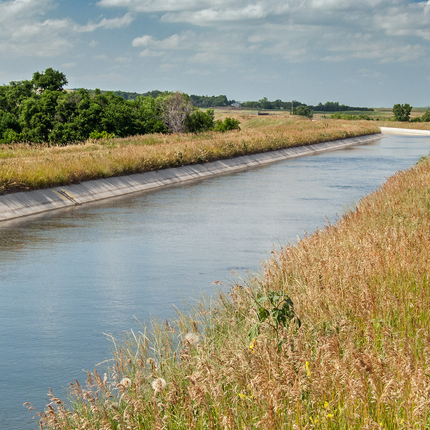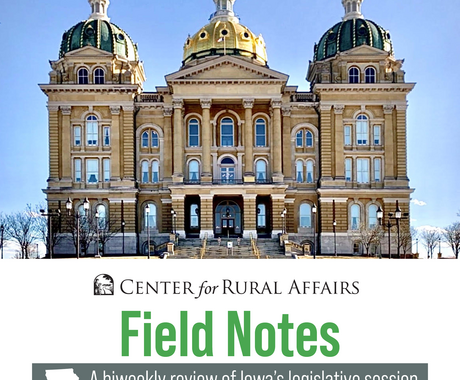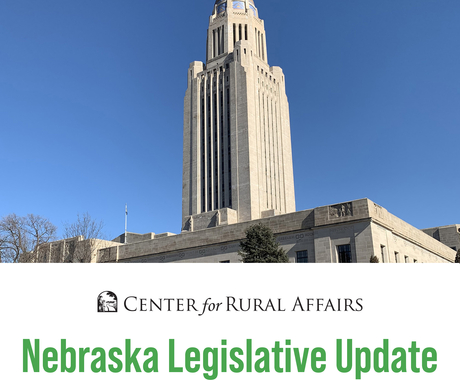By Katie Rock, former staff member
The goals of the Iowa Nutrient Reduction Strategy (NRS) focus on both point and nonpoint sources of pollution. Point sources likely come from industrial or sewage treatment plants, and nonpoint sources are dilute and come from water runoff.
Yet, many outreach efforts of the NRS are focused on engaging the agriculture community to reduce nonpoint source pollution. Rates of conservation practices have increased with these efforts, but are still nowhere near where they need to be to meet the goals of the NRS. And, though the total acreage of cover crop adoption is increasing, the adoption rate declined 10 percent from 2016 to 2017.
Many farmers feel they are under attack from urban stakeholders and environmental advocates. The threat of regulation seems to drive a rise in farmer knowledge and engagement on farming techniques to address water quality. But, farmers may encounter real or perceived risks when adopting a new practice. To balance those risks, technical and financial support can help.
Last year, Center for Rural Affairs staff administered a survey to explore how Iowa farmers perceive risks from transitioning to new farming systems, and any social risks of failing to transition. We also conducted interviews with watershed leaders to further understand what risks and barriers farmers face to adopt new on-farm practices to address water quality.
The farmers tended to be conservation-oriented, and mostly owned and/or managed smaller than average farms. They indicated their most serious barriers to engagement in a watershed effort, or adoption of a conservation practice, are limited cost-share funds, poor access to technical assistance, and lack of awareness or knowledge. Not surprisingly, respondents indicated practices that return value to the farm are most likely to be well-received.
A majority of farmers stated they do not feel social pressure to manage for water quality. Yet, one of the most important questions they consider when deciding whether to try a new management practice is, “Do I know other people who have successfully used this practice?” Farmers may look to each other for advice and knowledge, and gain insights by learning from others’ experiences. Farmers also clearly listed soil health and erosion as top priorities to address risk in their operations.
As Iowa continues to expand its watershed approach to water quality, understanding the needs, risks, and barriers farmers face will be critical to meeting the goals of the NRS. Our upcoming white paper dives deeper into these questions and offers insights into best approaches to engaging farmers in watershed planning.
The white paper will be released on our website soon. Follow us on social media or check our home page for the latest rural news.




